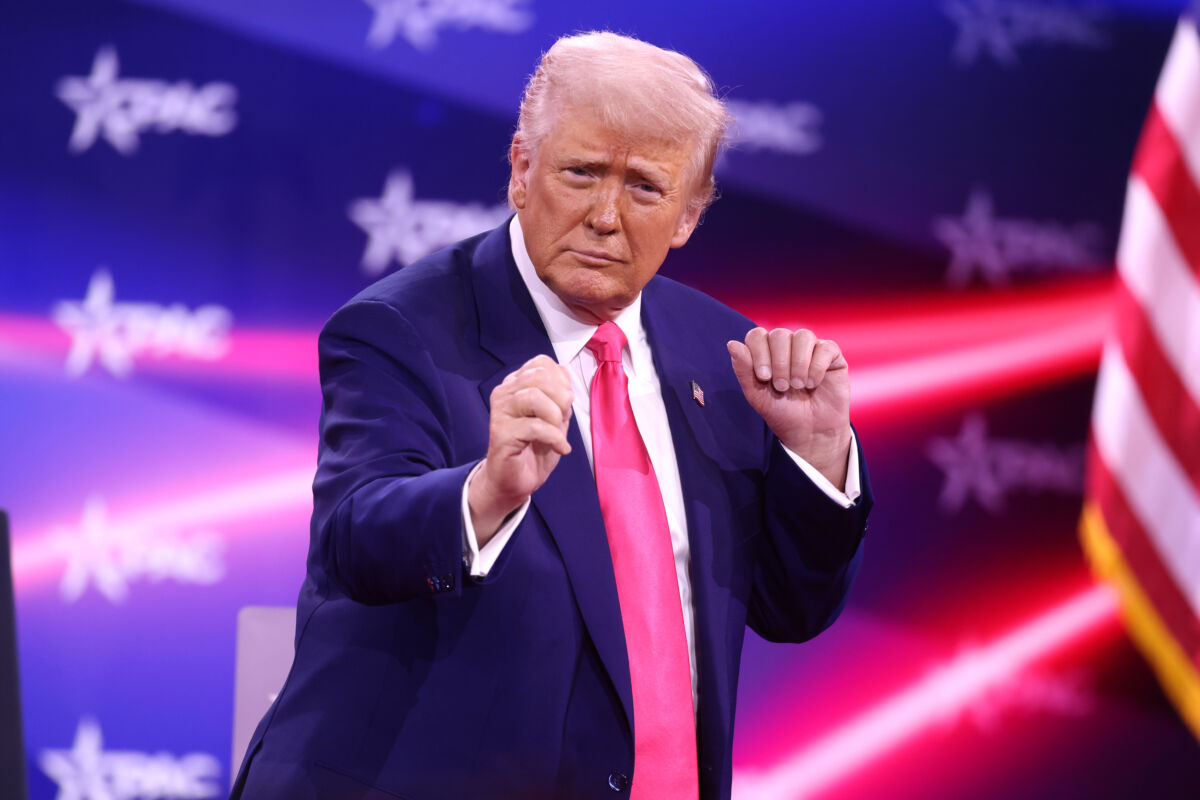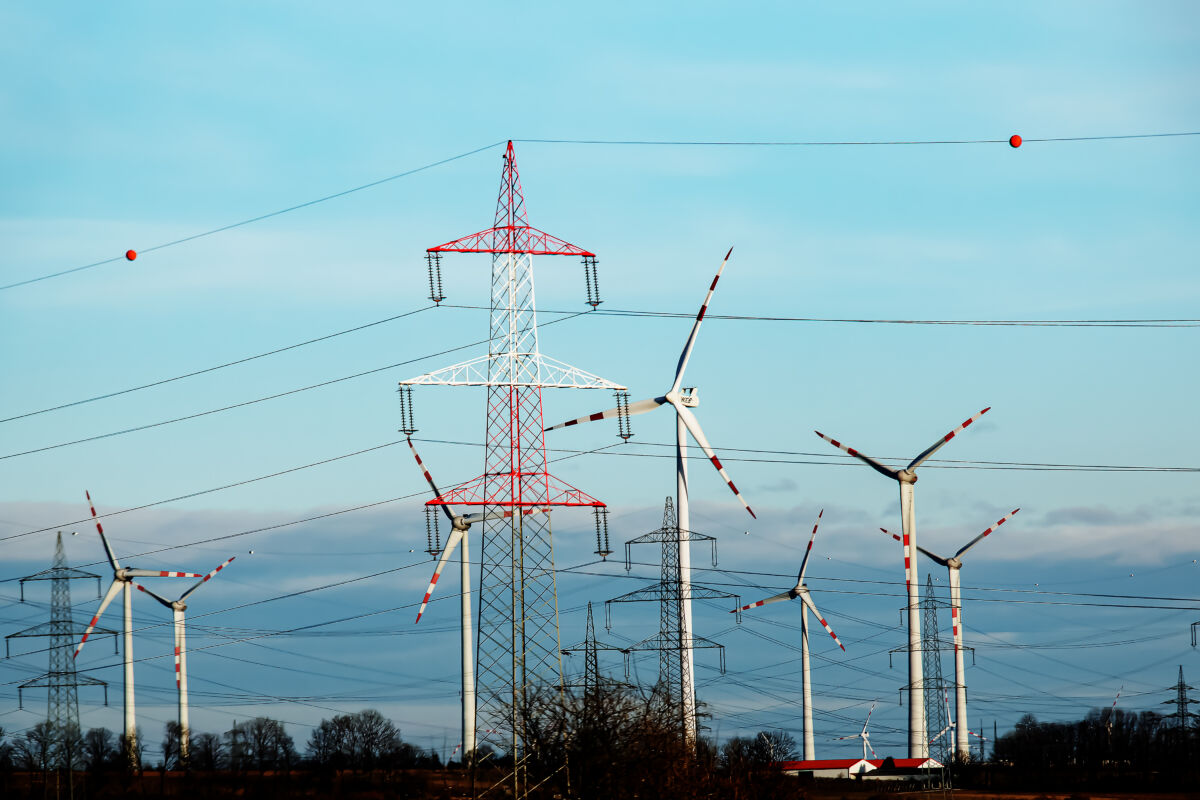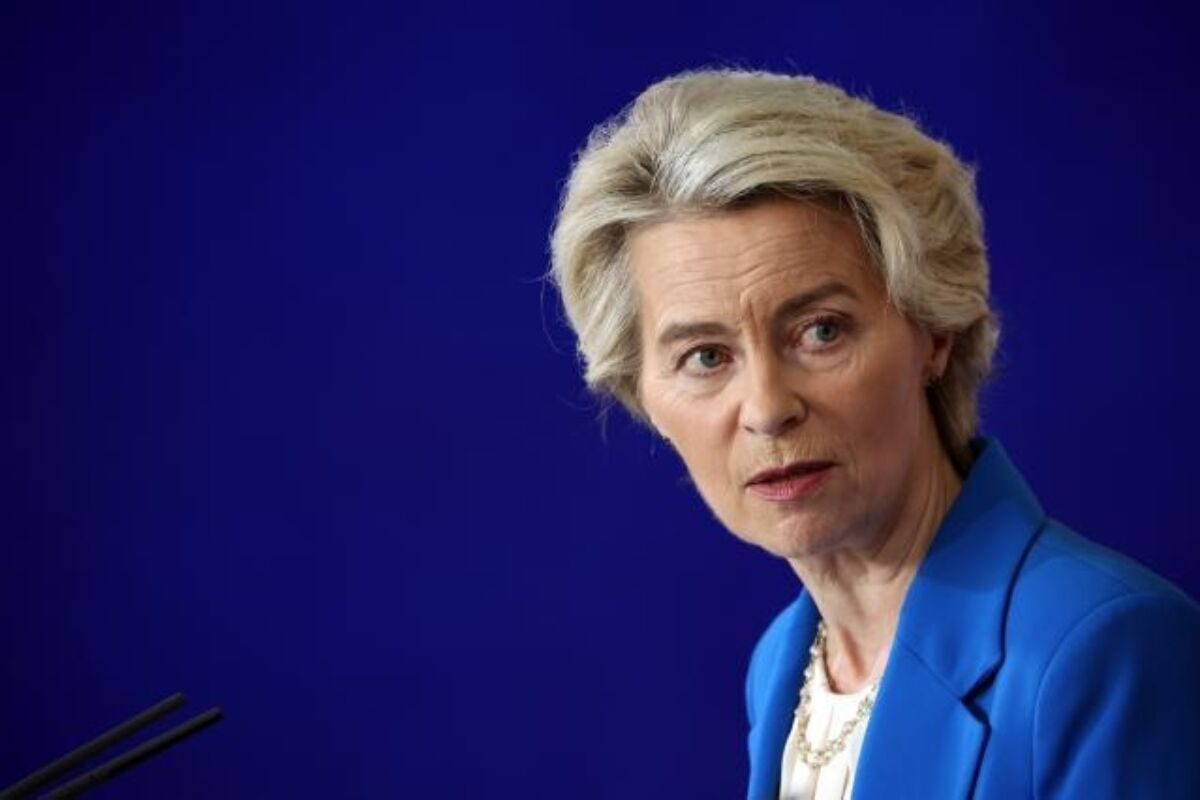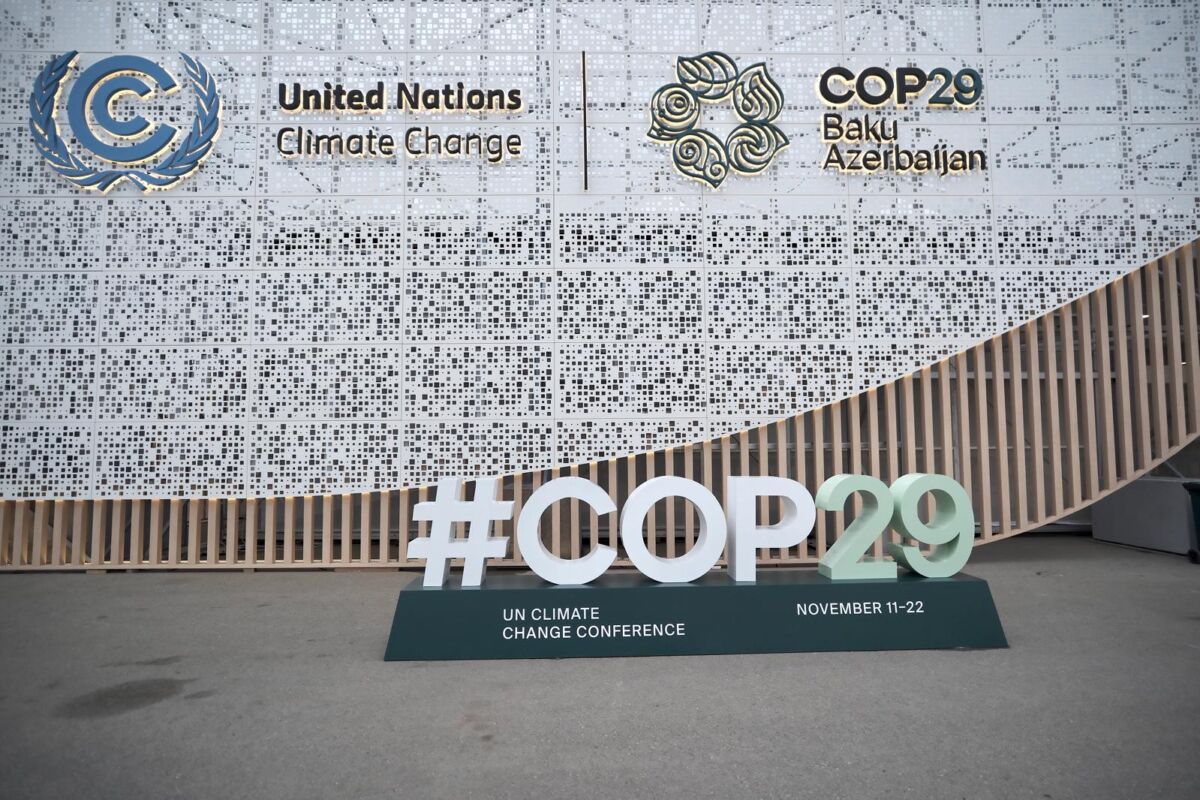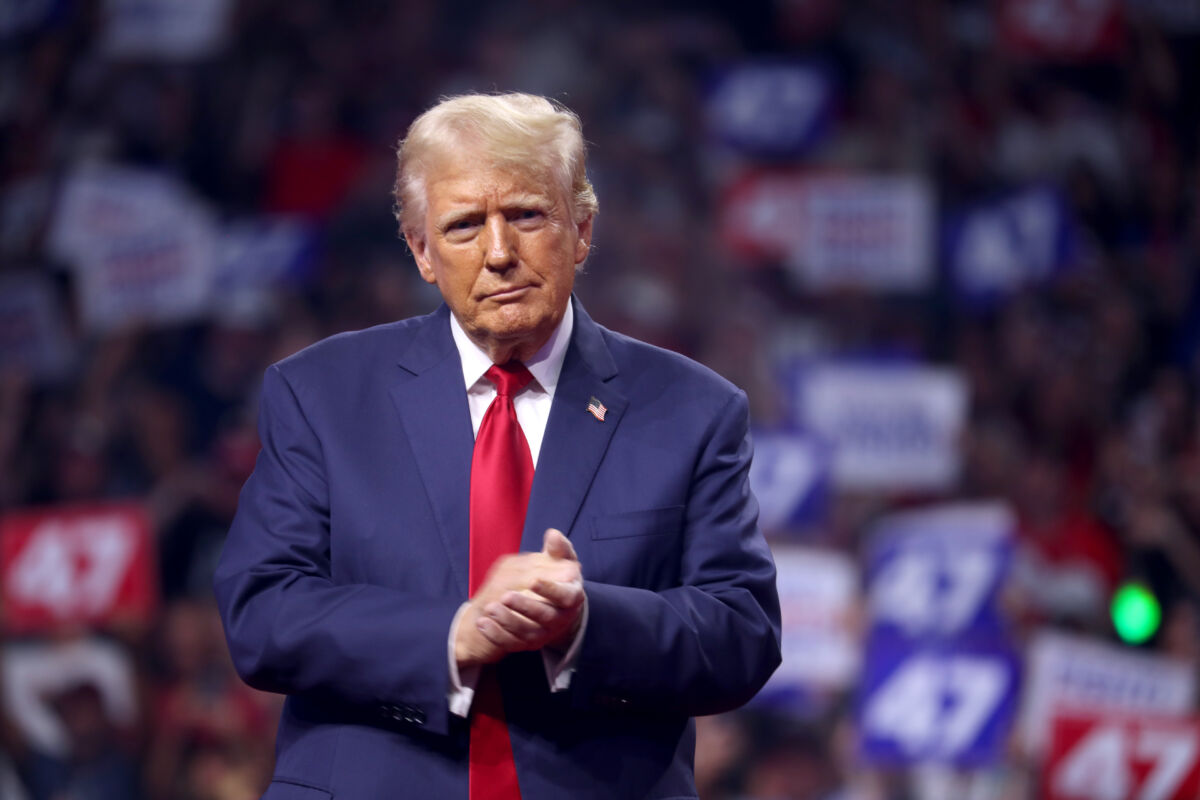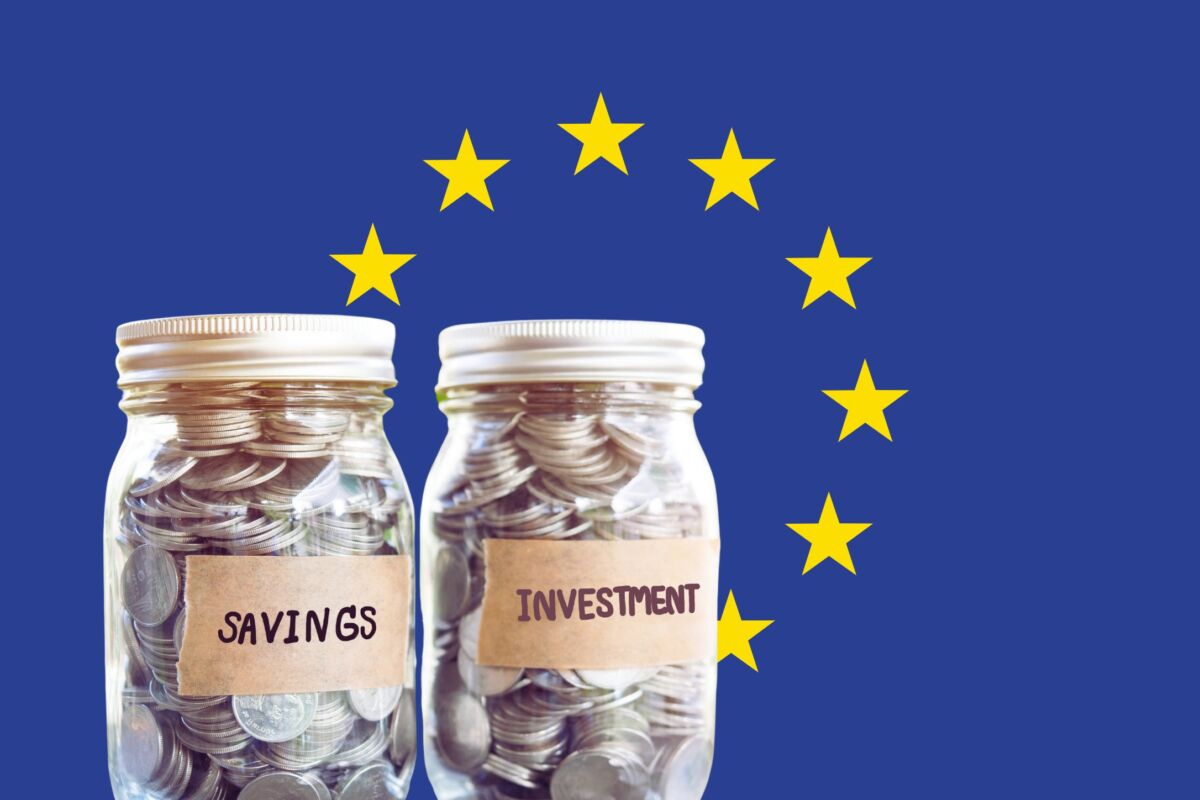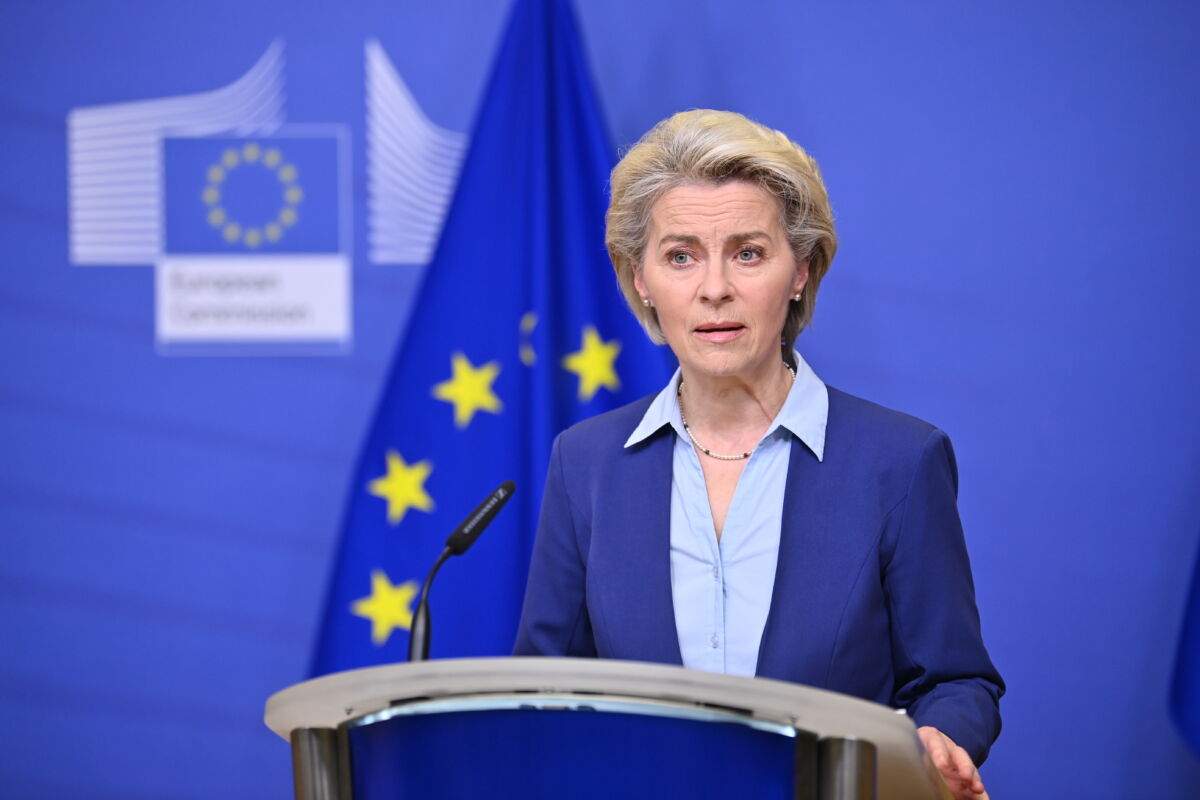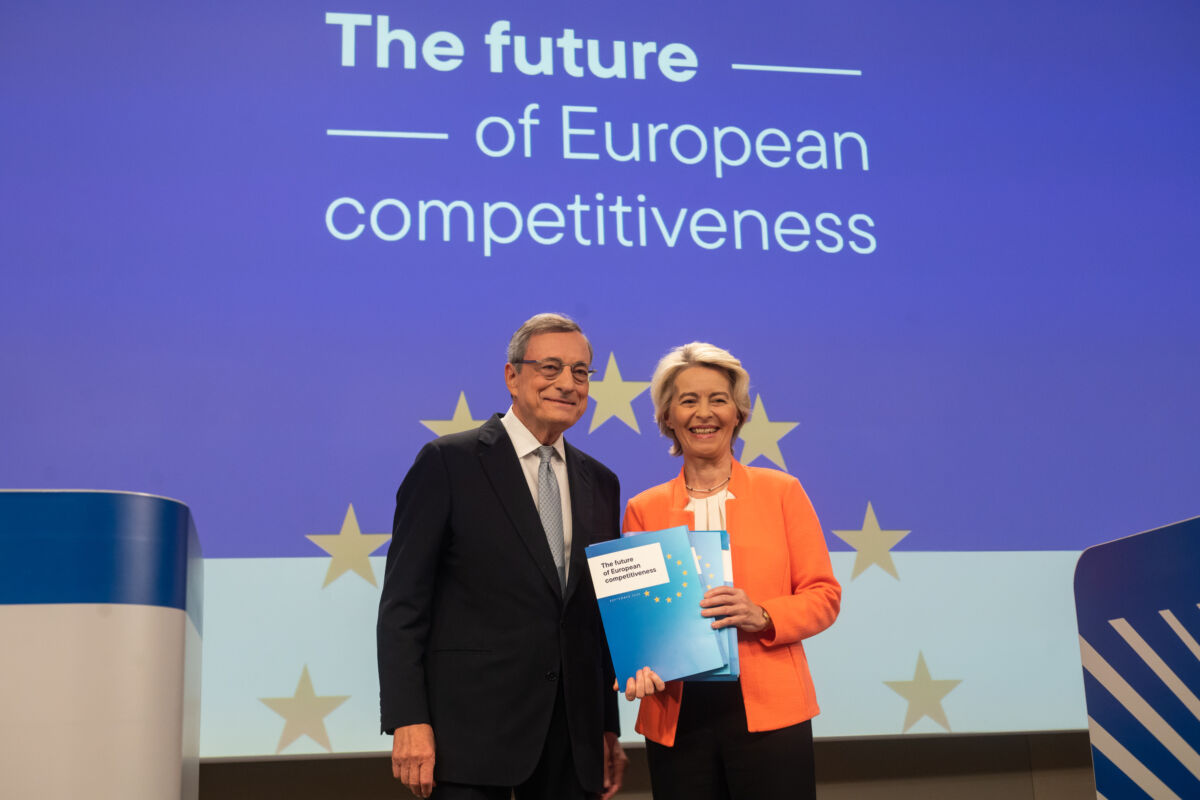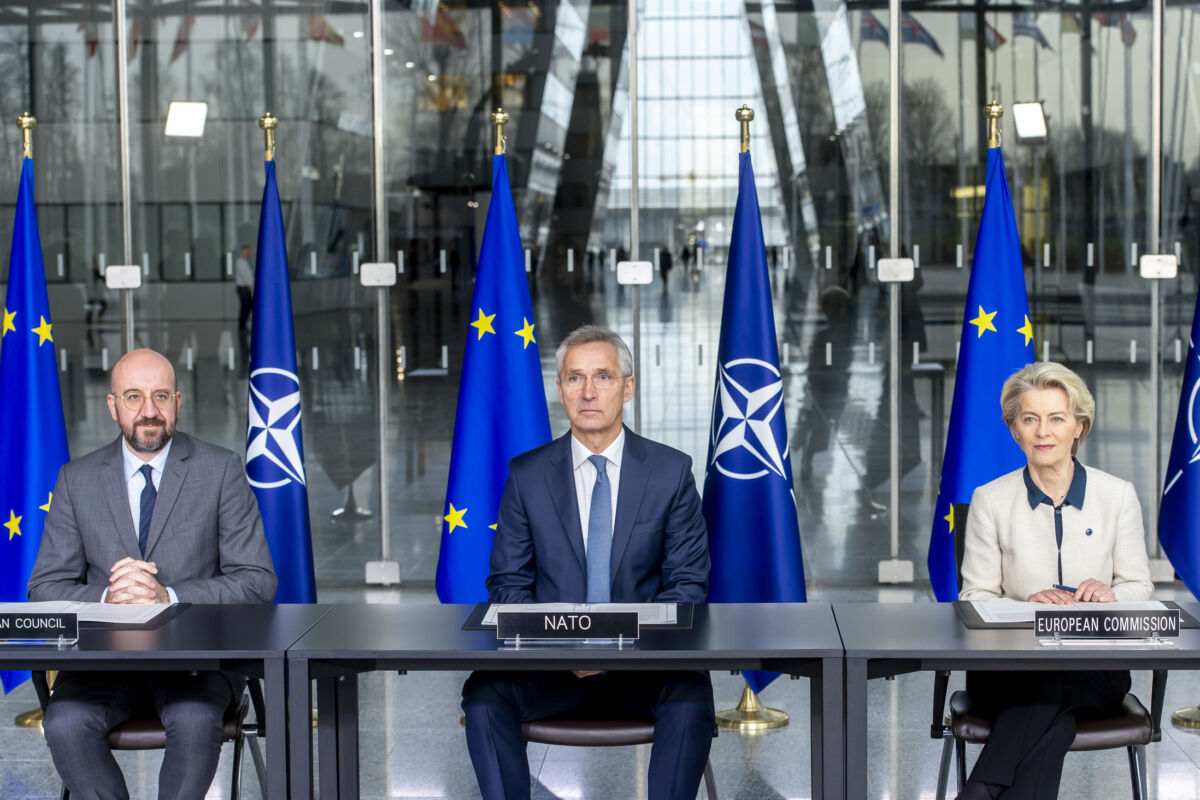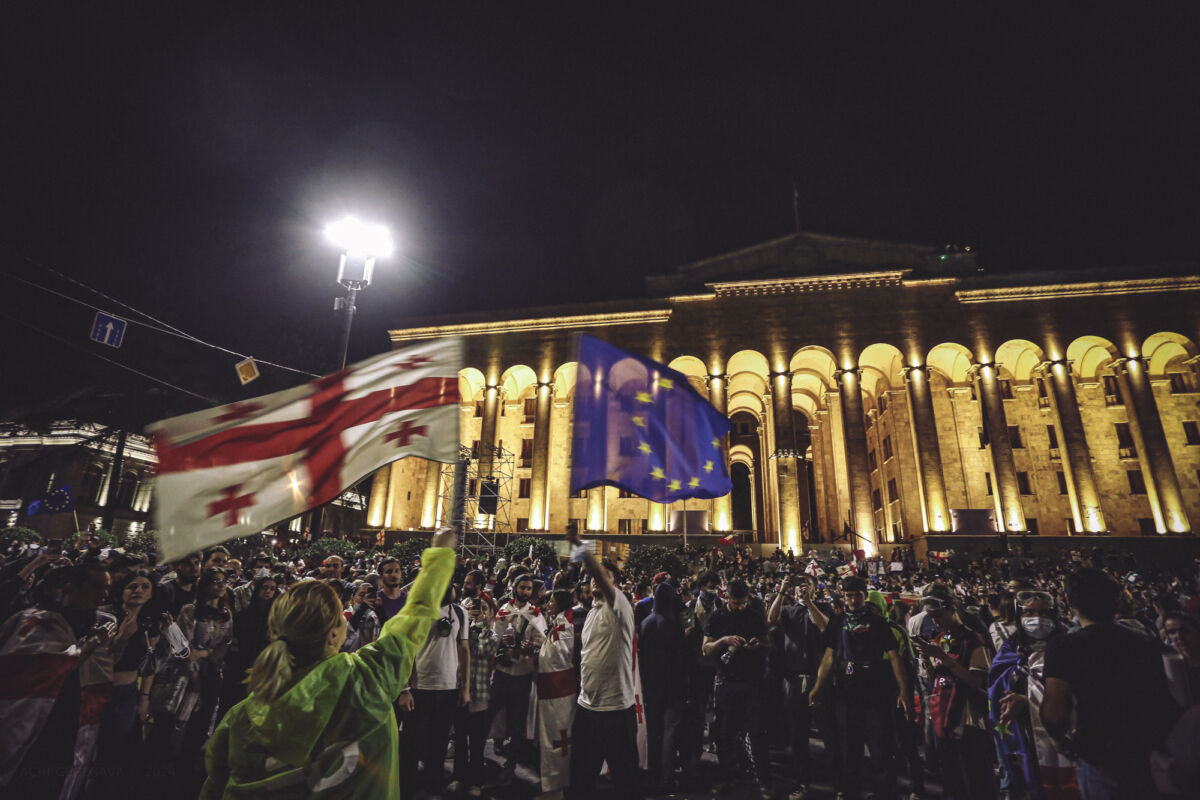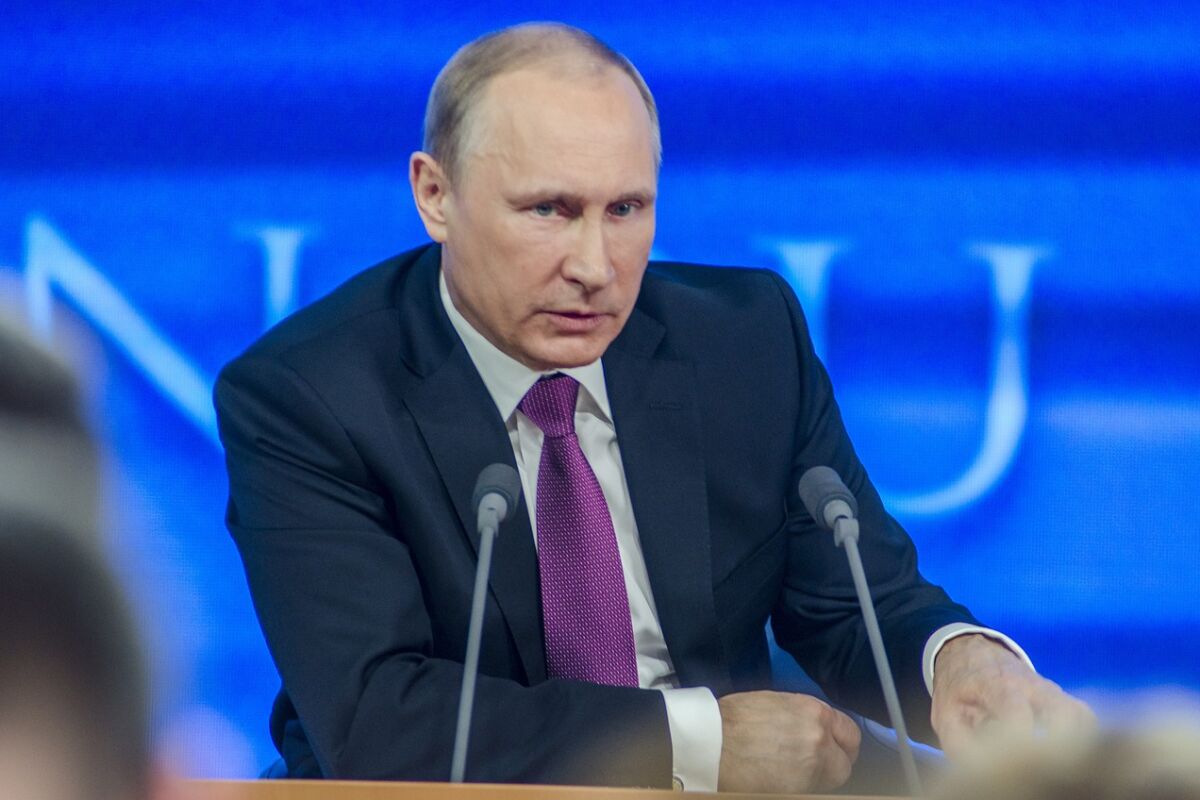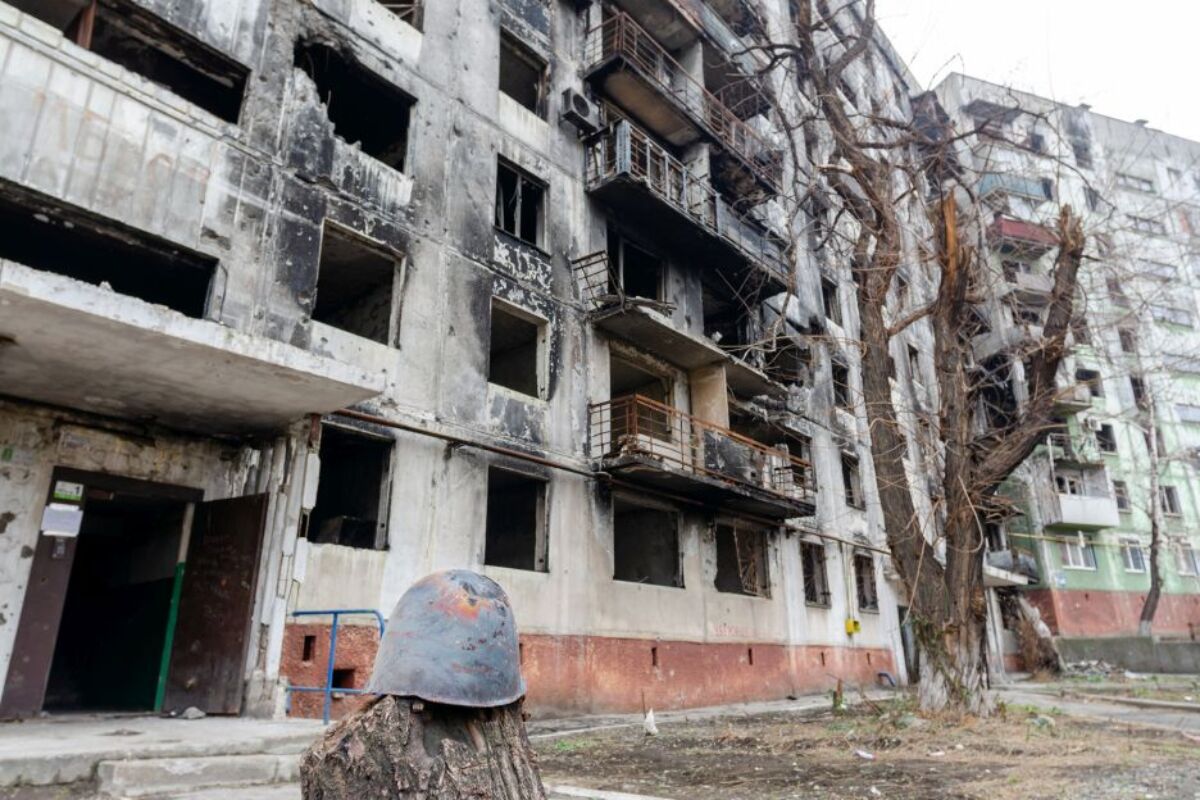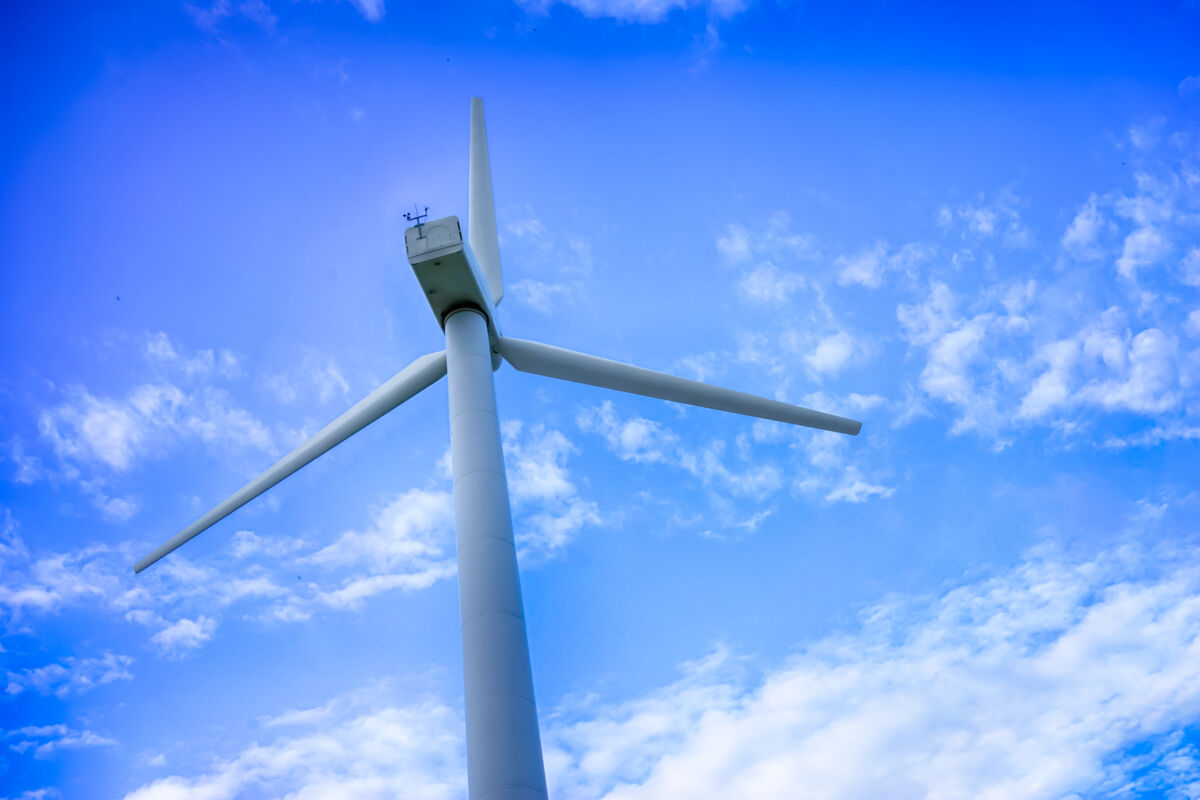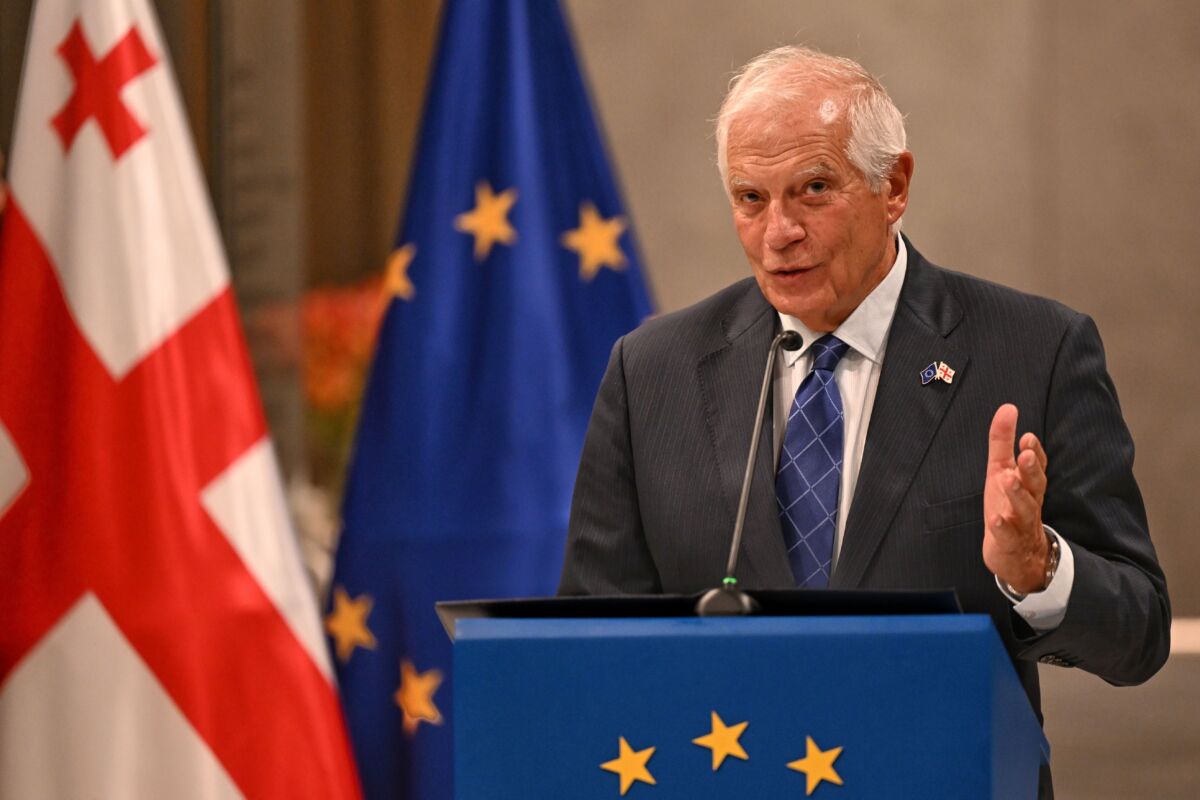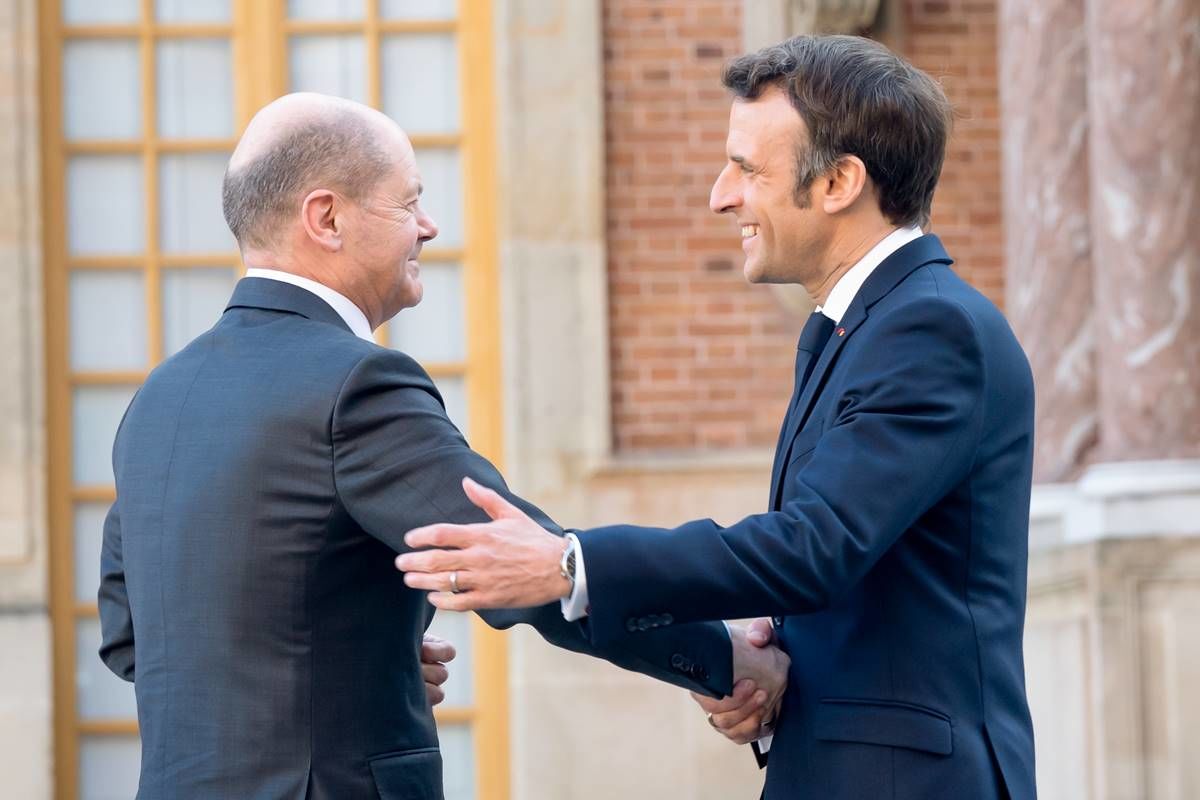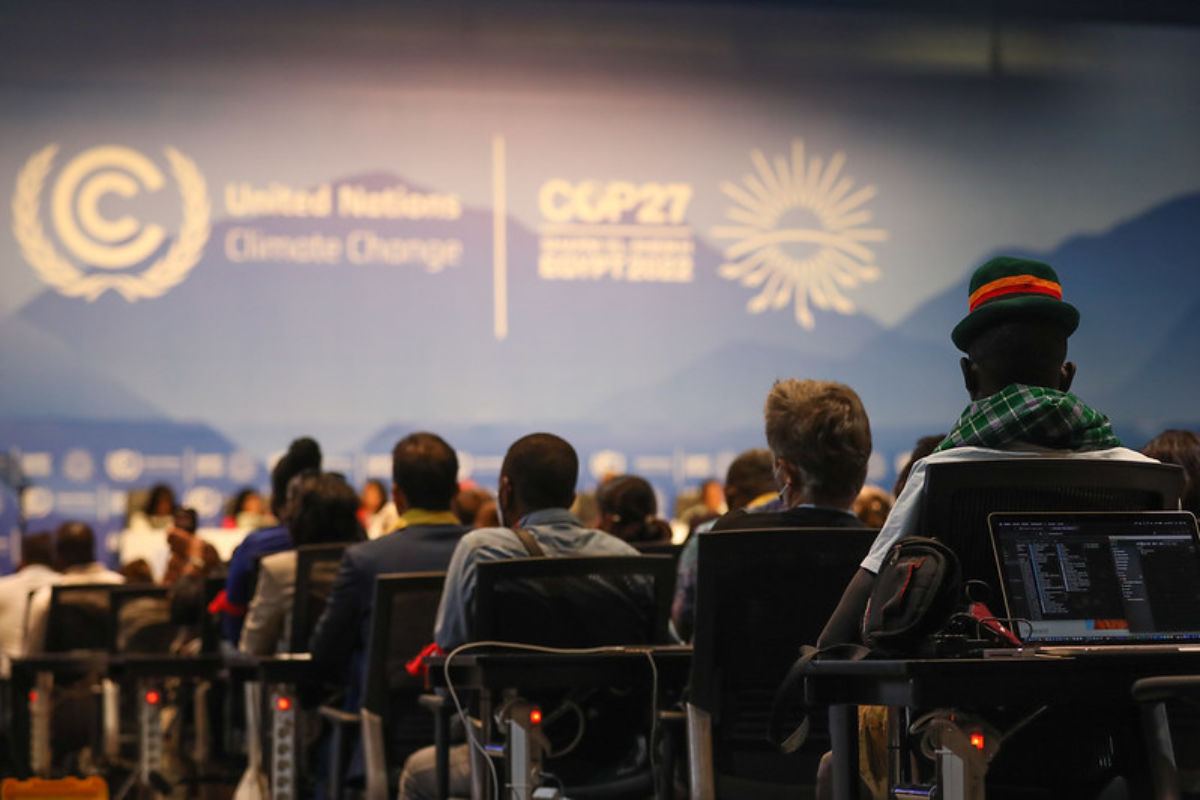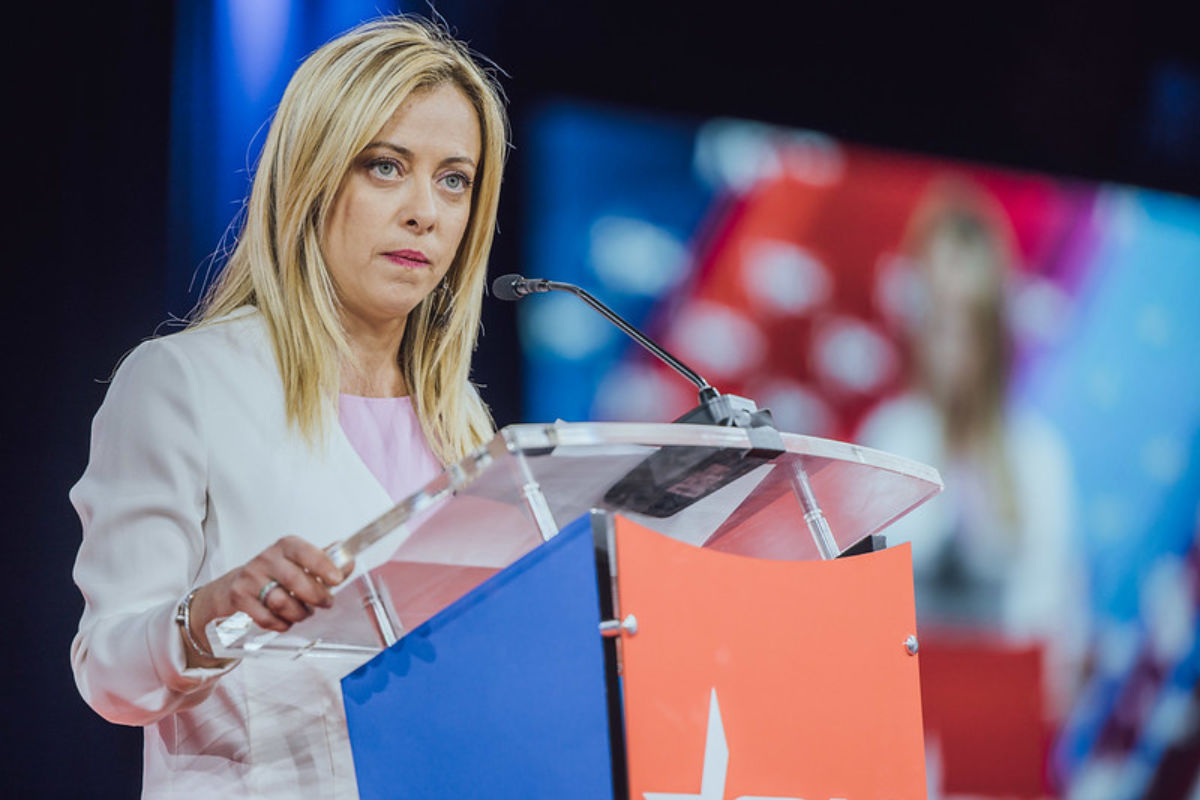The EU is facing an energy crisis. Russia’s de facto embargo on gas exports has sent spot prices on Europe’s exchanges to unprecedented levels. The prices paid by consumers have also increased, albeit much less so than the spot prices. Prices for households have doubled in many Member States, while gas spot prices on the exchange have increased by a factor of 10 or more.
Consumers are already anxious about the increases that they have already been confronted with. But the even higher spot prices means that further large increases might be coming soon. Consequently, politicians are in a state of near panic, much like consumers are.
Sky-high prices on the spot market for gas are also affecting electricity prices, which reached unprecedented levels on the forward exchanges last week but remain above 200 euro per MWh, 10 times last year’s value. This combination has led to mounting pressure to ‘do something’ to shield consumers from rocketing energy prices, with the argument that ‘markets are no longer functioning rationally’.
Several Member Stats have thus introduced subsidies that lower the price for consumers. For example, in July, the price for natural gas for households was lowered by 15 % in Italy while it increased by close to 20 % in Germany. But even in Germany and other countries without massive price subsidies there is now political pressure to support consumers.
Unfortunately, European countries are not the only ones trying to protect consumers from high gas prices. Some major Asian importers, such as Japan and South Korea, have also enacted measures to limit the price increases faced by households. This might be one of the reasons why Asian gas demand has so far fallen little and why spot gas prices have continued to increase.
The fiscal cost of energy subsidies is enormous, running into the dozens of billions of euro for the larger Member States. But this fiscal cost represents only a transfer (from the government to households), not a net loss to society. The real social cost of consumer price subsidies comes from a different source.
One key side effect of state price subsidies is that gas demand will fall less than it otherwise would have done. Consumers who are gifted cheaper gas by their governments will be less inclined to turn down their thermostat or take shorter hot showers.
This means that Europe will have to import more than it would have done if consumers had were forced to pay higher energy prices. But where would Europe obtain the additional gas?
Most gas producers are already working flat out and cannot increase their output over the next few months. The only source of additional supply is LNG. Higher import demand from Europe will put even more pressure on global (LNG) gas prices and thus increase the base import bill for the entire EU – economists call this a ‘terms of trade effect’.
In short, every measure that reduces the incentives for domestic savings means a higher need for imports. This then puts more pressure on the price Europe faces on the global market.
This constitutes a clear external effect (actions by one country affect all others) which justifies common efforts to reduce gas demand. In this sense, the European Commission was justified in proposing common targets for reducing gas use throughout the EU.
But these targets (for now only voluntary) can only be achieved through higher prices, not with mere political appeals and the ‘price mitigation’ the Commission recommended earlier this year.
Any price subsidy will lead to higher import prices, but this means that the price paid by the consumer falls less than anticipated than when the subsidy was introduced. The increase in import prices then induces policymakers to increase the subsidy. Any attempt to cap the domestic price could thus set in motion a chain of ever higher spot prices and higher subsidy rates to keep the price for consumers down. EU-wide subsidies could have such a strong impact on import prices that ultimately increase consumer prices anyway because the increase in the import price essentially overwhelms the subsidy. It becomes a vicious circle.
What should be done if price caps are the wrong way to go?
Instead of subsidising consumption through a price cap, governments should subsidise gas savings, for example by paying households for consuming less this winter than last winter. This would also involve fiscal expenditure, but my model predicts that such subsidies would mostly pay for themselves through lower import prices – but only if implemented at EU level.
If any single Member State implements such a scheme, it would bear the full fiscal cost, while the rest of the EU would gain (even if only marginally) from lower import prices.
Another way to encourage energy savings would be to offer households a price cap only for a limited basic amount per capita and charge the full market price for any quantities consumed above this level.
The broad conclusion is that gas or electricity price subsidies do not make sense. The Commission should strenuously oppose them and it should recommend to Member States that they should swing behind savings subsidies instead.
This commentary was inspired by a longer CEPS Policy Insights paper that can be read here.



